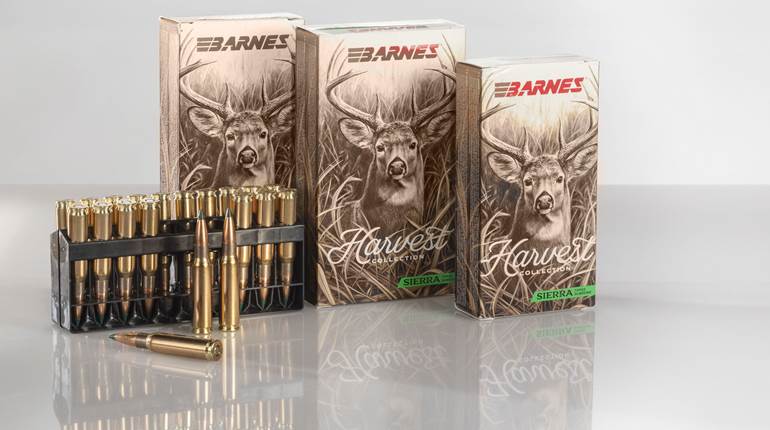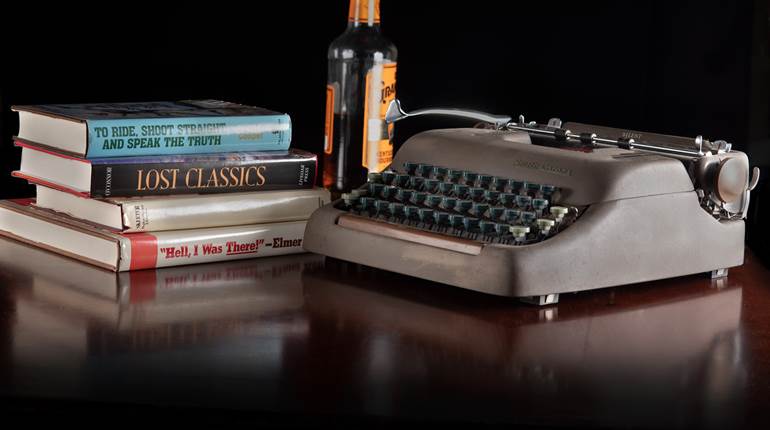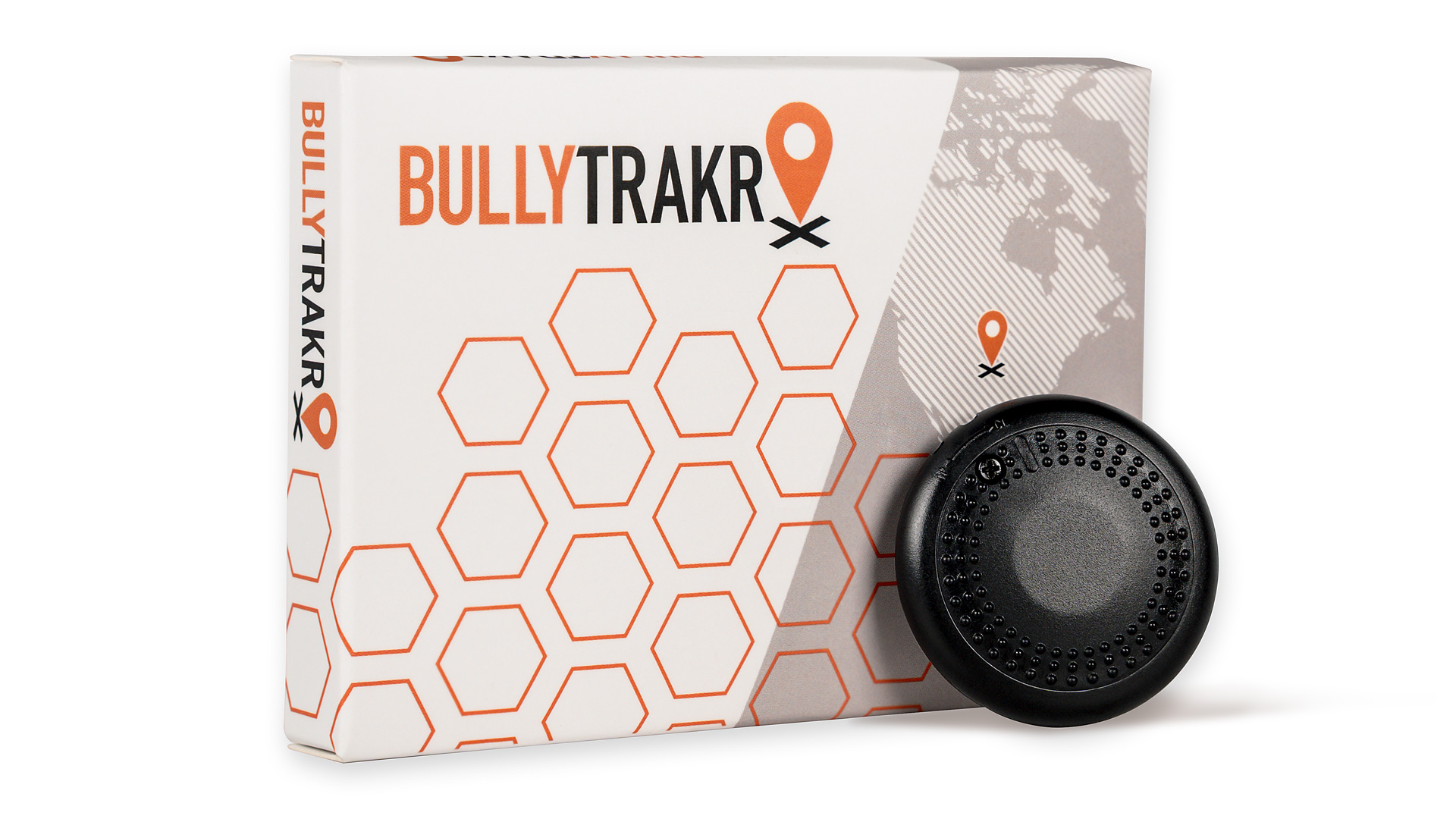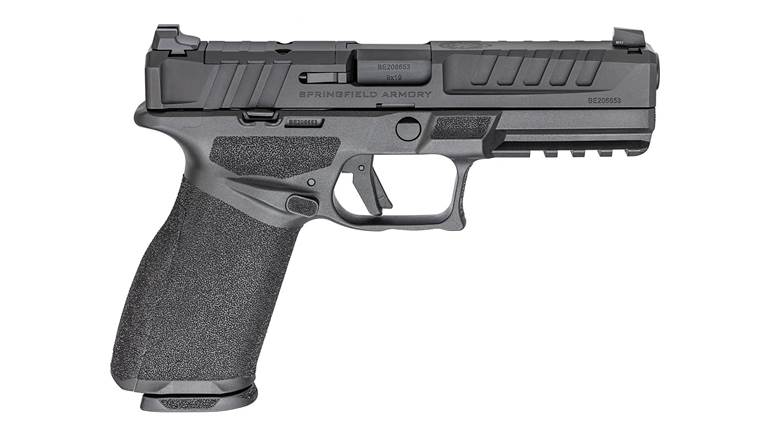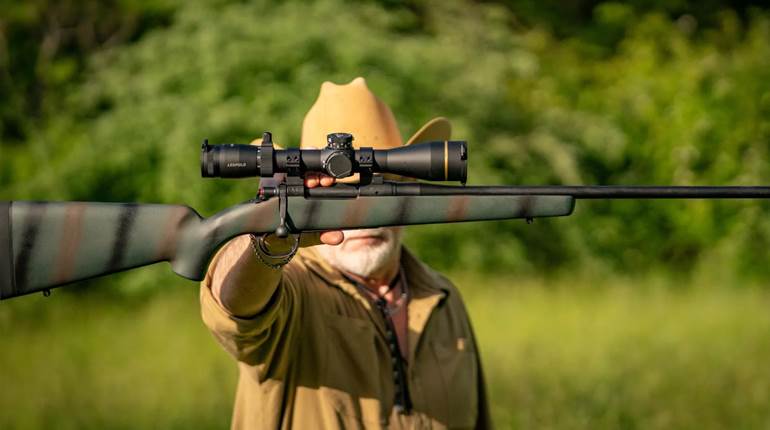
You can never go wrong with a shotgun as part of your home-defense strategy, and a shotgun such as the new UTS-15 ups the ante when it comes to one of the conventional shotgun’s most glaring deficiencies: ammunition capacity. The brainchild of Ted Hatfield, a former staff editor for American Rifleman, the UTS-15 not only combines the dependability of a manually operated pump-action with the compactness of a bullpup, it offers a total on-board ammunition capacity of 15 shells.
Deciphering the UTS-15’s name reveals aspects of its design, manufacture and capabilities: The “U” is derived from United States, home of its aforementioned designer and where it’s assembled, and the “T” is from Turkey, home of Hatfield’s manufacturing partner-the UTS-15 is actually assembled in the United States using parts produced in both Turkey and the United States. The “S” is for shotgun and “15” the combined number of shells that it holds in its twin tubular magazines and chamber. The magazines can be used together, or separately-meaning the gun will feed from both, automatically alternating side to side, or you can set the gun to feed from one tube only. For example, you could have buckshot in one tube and slugs in the other, and then fire only the ammunition appropriate to the situation. Selecting magazines is as simple as moving a lever on top of the gun, which takes a fraction of a second.
The UTS-15 was not created overnight. Hatfield and Turkish engineers have been working on it for several years. A writer and editor well known in the tight-knit firearm-manufacturing community, Hatfield also has the design and manufacture of several other shotguns and muzzleloaders to his credit. That includes work at the manufacturing facility in Turkey that he started, which was supplying shotguns to some of the major firearm brands in the United States for sale under their own names. I traveled to Turkey in November 2011 to look at the UTS-15 manufacturing facilities, and can confirm that, now that the gun is finished, it was worth the wait.
The UTS-15 is a tactical-style shotgun with a bullpup design whose short overall length ensures easy maneuverability in close quarters. The gun's pistol grip allows it to be held in one hand, ready to fire, while the other hand is free to open doors, turn on light switches or deflect an aggressor. The pistol grip also gives more control and a tighter hold on the gun in the event it is grabbed during a scuffle. The gun’s construction makes use of fiber-reinforced, injection-molded polymer to keep its weight down. It is only 28.3-inches long with a flush mount choke, and it weighs 6 pounds, 13 ounces. It is chambered for 3-inch 12-gauge shotshells, which allows the use of 2½-inch and 2¾-inch shells as well.
The 18½-inch smoothbore barrel is threaded for screw-in chokes having the Beretta thread pattern. That opens a full range of options on ammunition use and pattern disbursement. The gun comes with a flush-fit, cylinder bore choke. There is also a cylinder bore, ported tactical “breeching” choke that was included as an option with the shotgun, and I used that one for the testing for this article. The end user has the option of installing any other choke, even a super-full turkey choke for ultra-tight patterns with “fine” shot, or a rifled choke to use with some sabot-style slugs.
The gun’s comb is straight and in-line with the top rail, which means that shooting it like a  conventional shotgun is just about impossible because the shooter’s eye is positioned well above the bore axis. With a little practice a shooter can do well point shooting, but it’s not designed to be pointed like a conventional shotgun.
conventional shotgun is just about impossible because the shooter’s eye is positioned well above the bore axis. With a little practice a shooter can do well point shooting, but it’s not designed to be pointed like a conventional shotgun.
Actually, the UTS-15 is designed to be used with sights. There is a top rail that will accept sights or optics. Anything that is designed for an AR-style rifle should work fine, as the rail and the offset are similar. An optic that is around 1.6-inches from the top of the rail to the center of the optic works well. However, the offset to the barrel is greater as the barrel is below the magazine tubes on the UTS-15. The bore axis is about 4.5-inches below the optical axis. This can cause slugs to impact low, relative to line of sight, at close range; so just as with an AR-style rifle, it’s important to learn the offsets for every range at which you expect to shoot.
The gun has optional adjustable rear and front sights that mount on the top rail. The sights are machined from a solid billet of 7000-series aluminum and have a matte-black, anodized finish. The front sight has a protected, post-mounted bead that is fully adjustable for elevation. The rear sight has a large aperture ghost ring peep or flip-up V-notch, and it is fully adjustable for windage.
My aging eyes don’t deal well with iron sights, particularly in poor light, so I installed an Aimpoint Comp ML2 red-dot sight with a 4-m.o.a. dot on the top rail of the shotgun. The Aimpoint red-dot sight is a great choice for a tactical shotgun as it can be very fast for target acquisition by keeping both eyes open, or be used to aim with precision when shooting slugs. Best of all, the Aimpoint dot is adjustable for intensity so it works in any lighting condition.
The UTS-15 also has an optional, integral light and laser system to illuminate the target or help aim in poor light. It mounts below the barrel and the laser is nonadjustable. In testing I found that the point of impact using Federal TruBall, 23/4-inch, 1-ounce, 1600-f.p.s. slugs was 7 inches low at 10 yards.
The stock’s length of pull is slightly more than 12 inches, the idea being that it can be used while wearing bulky clothing. This is short enough that-with heavy-recoiling loads-it sometimes tapped me in the face with the magazine selection lever. While it’s nothing more than an inconvenience as it causes no damage, it is worth noting. The buttpad is held in with just a couple of easily removable pins and the plans are to offer more options for a longer length of pull in the future.
The cheekpiece is on a hinge so that it can be opened to access the simple feeding  mechanism to clear a jam or to clean or service the gun. As the shell exits the magazine, it drops down to align with the barrel. It is captured by a forked lever that holds it in line as it’s guided to the chamber. The bolt has a spring-loaded extractor, and the ejector is a spring-loaded pin mounted on the side of the receiver.
mechanism to clear a jam or to clean or service the gun. As the shell exits the magazine, it drops down to align with the barrel. It is captured by a forked lever that holds it in line as it’s guided to the chamber. The bolt has a spring-loaded extractor, and the ejector is a spring-loaded pin mounted on the side of the receiver.
The gun is operated by sliding the fore-end grip under the barrel. It is close to the bore axis, which aids in point shooting, and the optional light/laser is mounted on the guide for the fore-end. Above the barrel, the twin magazines are side-by-side, and the rail is above them. Vented covers on both sides of the gun are marked with numbers indicating how many shells remain in each magazine tube.
The empty gun is loaded by opening a door on the side and pushing the follower out of the way. That allows the magazine tube to be charged with seven 2¾-inch or six 3-inch shells. With the selector switch on top set in the center, the gun will alternate between magazines to feed shells. Or the switch can be pushed to one side or the other, isolating the selected tube to allow the gun to feed from it alone.
Pushing a button underneath the buttstock releases the slide. The two-position safety is mounted on the left side similar to an AR-style rifle, while the selector on the right side is for the light or laser. The ejection port has a spring-loaded, hinged dust cover that can be closed when the gun is in battery and is held shut with a magnet. The pistol grip is plastic with a rough gripping surface. The metal trigger guard is large enough to operate the trigger while wearing gloves.
Many experts believe the pump-action shotgun is the best design for home defense. This type of shotgun is reliable, and an argument can be made that it is safer, as the shooter must actively work the action to chamber another round. As a manually operated firearm, the “driving system” is the shooter, which, at least in theory, is less prone to failure.
The gun is a lot of fun to shoot and, with its radical appearance, it is sure to gather a crowd anytime you break it out at the shooting range. It’s not limited to tactical work, either, as it makes for a unique and interesting hunting gun. I know of several hunters, including Jeff Johnston, the former executive editor of American Hunter who have taken turkeys with the UTS-15. It will shoot slugs well enough to hunt deer in close cover, and I plan on using it on a few rabbit hunts this winter.
I tested three of the guns extensively with birdshot, slugs and buckshot. Two were early prototypes that had a few issues. But, that was part of the development process, and this latest gun seems to have resolved the problems.
In the end I put more than 1,300 shells through the UTS-15 shotgun. In addition to depleting my ammunition supply, it gave me a lot of insight into what the gun can and cannot do. Specifically, it needs to be operated in such a way that the slide is racked fully and positively, and it does not have much forgiveness for being short-stroked. It is sensitive to slide speed for positive ejection, so slamming it hard backward and forward should ensure trouble-free operation.
While it can be operated quickly, the UTS-15 is not designed for 3-gun competition. In those sports the top shooters need to be able to reload their shotguns at a rate of half a second per shell or faster, and the design of this gun is not compatible with that reloading speed. It’s plenty fast enough to reload in a tactical, self-defense situation, but with a 15-shot capacity it’s doubtful reloading will even be necessary. The gun can be topped off before the magazine is empty, but it’s not easy or fast. You must open the door and push two shells back up into the magazine before you can add more.
The gun must be in full battery before the trigger is pulled. If it’s not, the trigger will trip, but the gun will not fire. The operator would then have to work the action again, ejecting a loaded shell, to reset the trigger before shooting.
The UTS-15 is anything but run-of-the-mill. If the user is willing to learn how to operate it according to its somewhat unique manual of arms and with appropriate alacrity, it is reliable and fast. In addition, its huge magazine capacity potentially makes it a fearsome home-defense shotgun.
Then, of course, there is the “cool factor,” which I think this shotgun has over any other, hands down. No matter if it’s hunting, target shooting or protecting your family, the UTS-15 offers a unique set of traits few other arms can match.
Manufacturer: UTAS, 1247 Rand Road, Des Plaines, IL 60016; (847) 768-1011
Gauge: 12 gauge, 3" (also 2½" and 2¾")
Action Type: slide-action, repeating shotgun
Receiver: steel reinforced polymer
Barrel: 18½" smoothbore, threaded for chokes
Magazine: two, seven-round magazine tubes
Sights: optional; rail for mounting sights or optics.
Trigger: 8-lb., 4-oz. pull
Stock: polymer: length of pull 121⁄8": drop at heel, 0"; drop at comb, 0"
Overall length: 28.3"
Weight: 6 lbs., 14 ozs.
Accessories: light/laser module ($279), front sight ($69), rear sight ($69), tactical choke ($59), barrel extension ($49), case ($79)
Suggested retail price: $1,200 (black), $1,400 (hunting or desert camouflage), $1,600 (marine)












